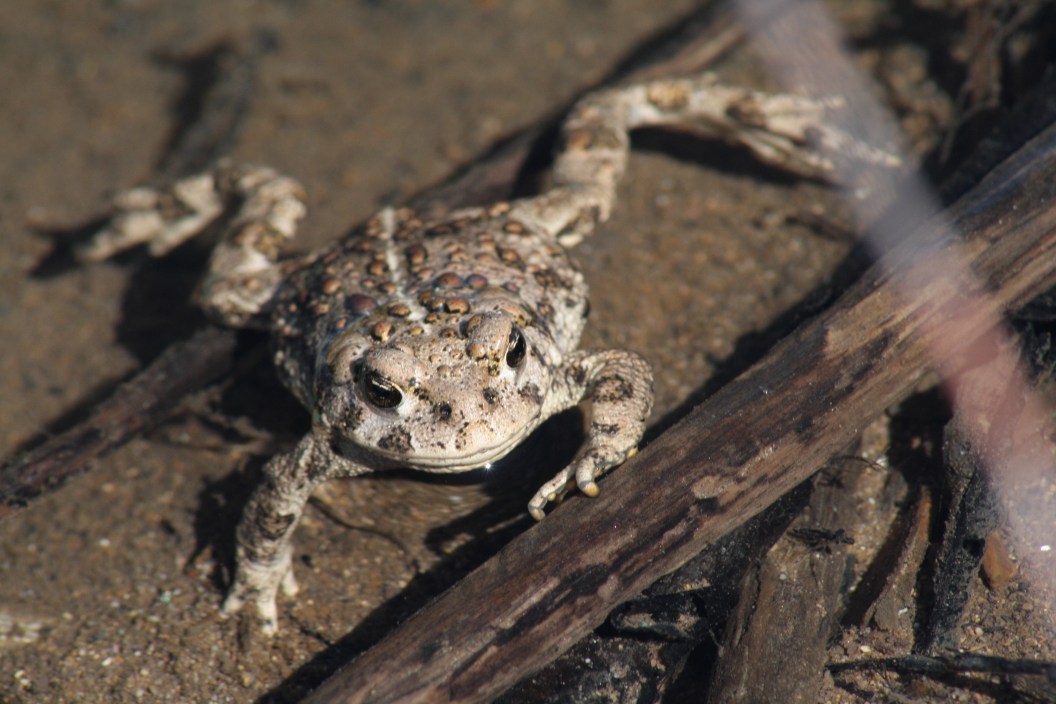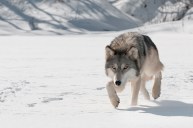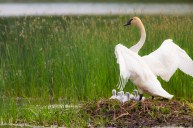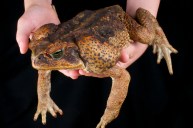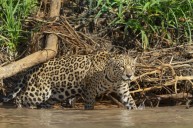When most people think of Wyoming, they imagine tall mountains and high deserts filled with elk, bison, and Yellowstone's wolves. Tiny toads are probably far from the mind. Mountainous and cold, the state seems an unlikely home for amphibians altogether, let alone the rarest one in all of North America.
The tiny Wyoming toad isn't much to look at. It's lumpy and warted, with a perpetually grumpy countenance. But it may be the most endangered amphibian in North America, and now it's getting an expanded and protected home. Federal officials just facilitated a $2 million land purchase outside of Laramie, Wyoming, using money from the Land and Water Conservation Fund. The 1,078-acre parcel is part of the newly designated Wyoming Toad Conservation Area, a 43,200-acre unit in the National Wildlife Refuge System that has been set aside for the amphibian.
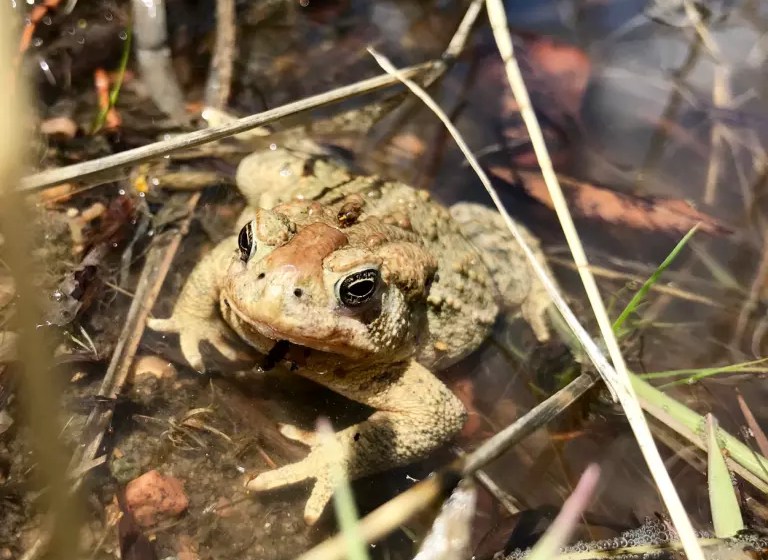
Michael D'Agostino, USFWS
Wyoming toads once thrived near the state's wetlands. However, in the 1980s, a human-spread skin pathogen from South Asia, Batrachochytrium dendrobatidis, ripped through the populations of more than 700 species of amphibians. The disease caused the extinction of almost 90 species—and decimated the Wyoming toad population. Further habitat destruction, agriculture, and water pollution kicked these tiny toads while they were down, and they were feared extinct by the late 1980s.
Fortunately, in the early 1990s, a very small wild population was found near Mortenson Lake in southeastern Wyoming. The lake was made into a wildlife refuge, and the remaining toads—numbering fewer than a dozen—were rounded up in 1994 for captive breeding and declared extinct in the wild.
Robust breeding programs ensued at captive breeding facilities such as New York's Saratoga National Fish Hatchery, bolstering the Wyoming toad's numbers. Some breeding labs help the toads along by putting them in refrigerators to mimic their hibernation cycles and injecting them with a type of toad Viagra to promote reproduction. Others take a more natural route—like at the breeding lab at Wyoming's Red Buttes, where scientists place the toads outdoors in the fall to dig their own bedrooms for their winter hibernation.
Whatever their method, these breeding programs have proven very successful, producing 824 adult toads, 25,211 tadpoles, and 260 toadlets for release in the Toad Conservation Area this year alone. With the addition of this new parcel of land, the released Wyoming toads will have even more protected habitat in which to thrive.
